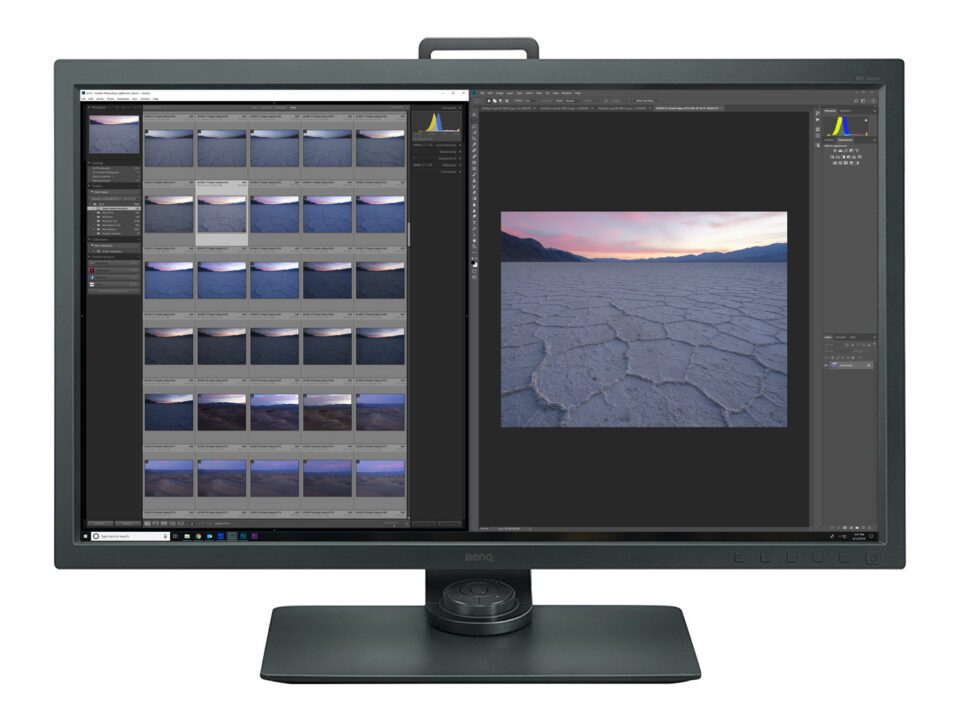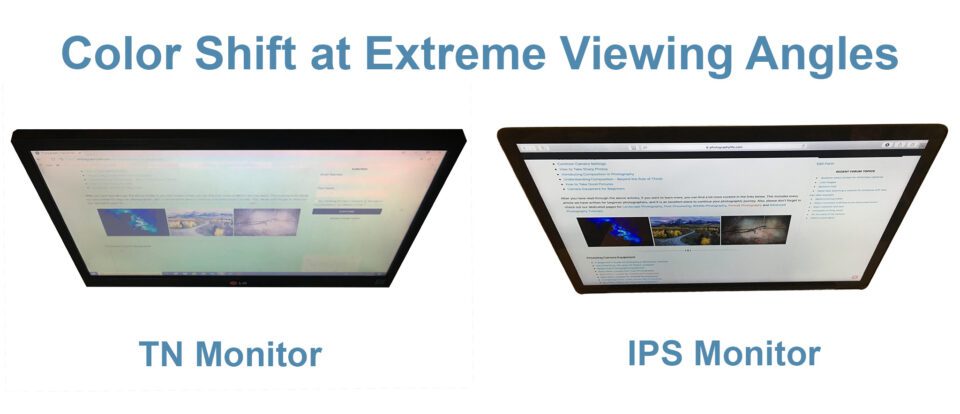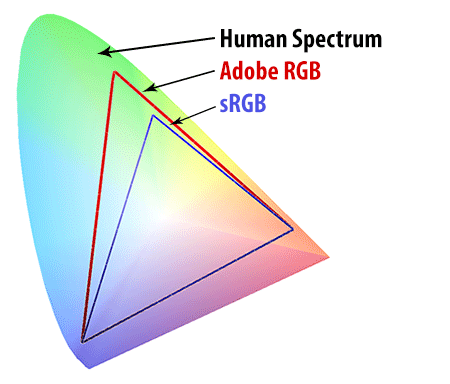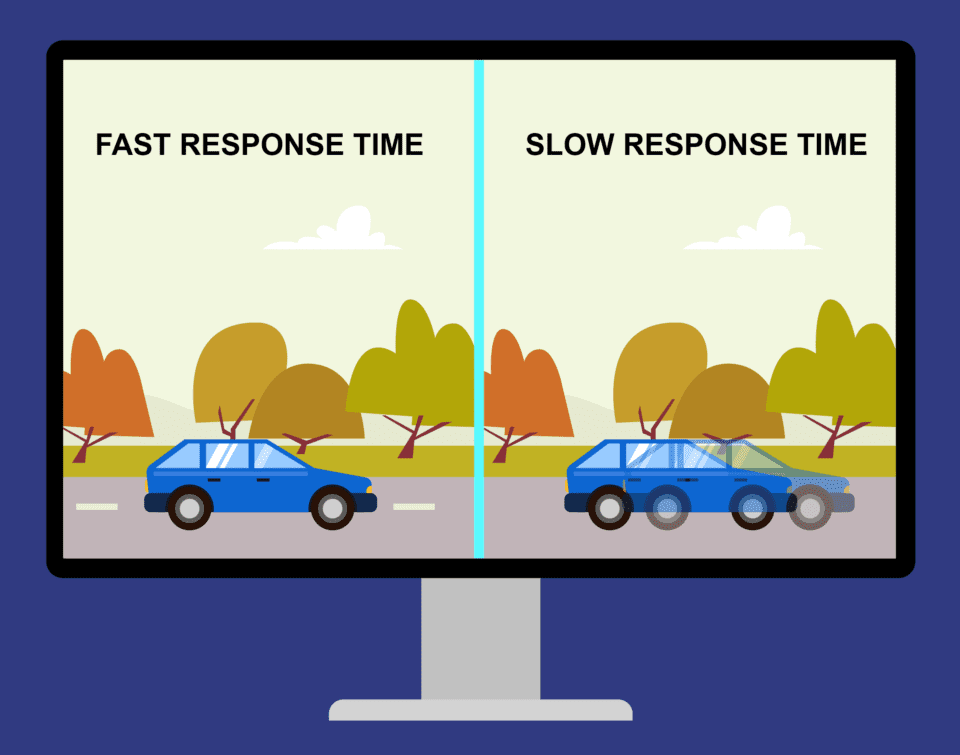ما هي شاشة IPS؟ دليل المبتدئين
What Is an IPS Monitor? A Beginner’s Guide
Everyone who buys a new computer monitor needs to decide on the best display technology for their uses. This doesn’t just mean the size or resolution of the screen – you also need to decide on the panel type you want to get. That’s especially true for photographers, graphic designers, and anyone who works with color; the wrong decision could mess up the colors you see. This article explains IPS monitors and why you might need one for your work.
يجب على كل من يشتري شاشة كمبيوتر جديدة أن يقرر تقنية العرض الأفضل لاستخداماته. وهذا لا يعني فقط حجم الشاشة أو دقتها، بل يتعين عليك أيضًا تحديد نوع اللوحة التي ترغب في الحصول عليها. وهذا ينطبق بشكل خاص على المصورين ومصممي الجرافيك وأي شخص يعمل بالألوان؛ القرار الخاطئ قد يفسد الألوان التي تراها. تشرح هذه المقالة شاشات IPS ولماذا قد تحتاج إلى واحدة لعملك.
What Is an IPS Monitor? A Beginner’s Guide
Everyone who buys a new computer monitor needs to decide on the best display technology for their uses. This doesn’t just mean the size or resolution of the screen – you also need to decide on the panel type you want to get. That’s especially true for photographers, graphic designers, and anyone who works with color; the wrong decision could mess up the colors you see. This article explains IPS monitors and why you might need one for your work.
يجب على كل من يشتري شاشة كمبيوتر جديدة أن يقرر تقنية العرض الأفضل لاستخداماته. وهذا لا يعني فقط حجم الشاشة أو دقتها، بل يتعين عليك أيضًا تحديد نوع اللوحة التي ترغب في الحصول عليها. وهذا ينطبق بشكل خاص على المصورين ومصممي الجرافيك وأي شخص يعمل بالألوان؛ القرار الخاطئ قد يفسد الألوان التي تراها. تشرح هذه المقالة شاشات IPS ولماذا قد تحتاج إلى واحدة لعملك.

 BenQ SW320 IPS Monitor
BenQ SW320 IPS Monitor
 You won’t find monitors that can display every color we see, but a high-end IPS display is better than a TN display
You won’t find monitors that can display every color we see, but a high-end IPS display is better than a TN display
تعليق